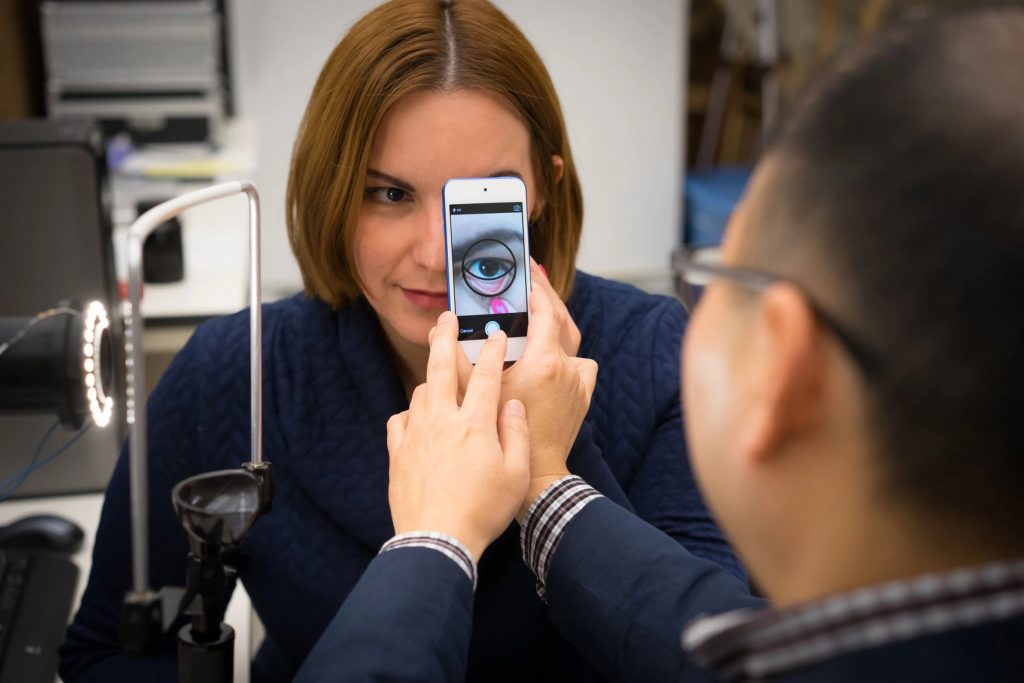A team comprised of scientists has managed to develop a software that can make the diagnosis of blood orders easier and quite straightforward. It relies on a smartphone camera for determining the levels of hemoglobin. Hemoglobin is the protein in red blood cells that is utilized as a marker for medical conditions such as anemia or kidney injuries. The team hopes to analyze it using a smartphone and is hoping to provide a non-invasive technique that could be used in developing areas.

This particular research was led by Young Kim from Purdue University and the technology was based on a recently developed algorithm that is capable of taking low-resolution smartphone pictures and then transform them into high-resolution digital spectral signals. A different algorithm is then used for analyzing the signals for determining hemoglobin.
Sang Mok Park explains, ‘The idea is to get a spectrum of colors using a simple photo. Even if we had several photos with very similar redness, we can’t clearly see the difference. A spectrum gives us multiple data points, which increases the chances of finding meaningful information highly correlated to blood hemoglobin levels.’

The team is tweaking the software to function as a regular smartphone app. This means that it won’t be requiring any extra hardware to function. The camera can be used for obtaining a picture of the person’s inner eyelid that the doctors use for gauging the redness in anemia patients. The onboard software will then be taking care of the rest. Kim, an associate professor of biomedical engineering at Purdue University, said, ‘This technology won’t replace a conventional blood test, but it gives a comparable hemoglobin count right away and is noninvasive and real-time. Depending on the hospital setting, it can take a few hours to get results from a blood test. Some situations also may require multiple blood tests, which lead to more blood loss.’
The team’s software has already undergone testing wherein it performed at comparable levels with blood tests for assessing the blood hemoglobin values. Kim also said, ‘Our new mobile health approach paves the way for bedside or remote testing of blood hemoglobin levels for detecting anemia, acute kidney injury, and hemorrhages, or for assessing blood disorders such as sickle cell anemia.’ The research has been published in the journal Optica.
Comments
Post a Comment
Tell us what you think